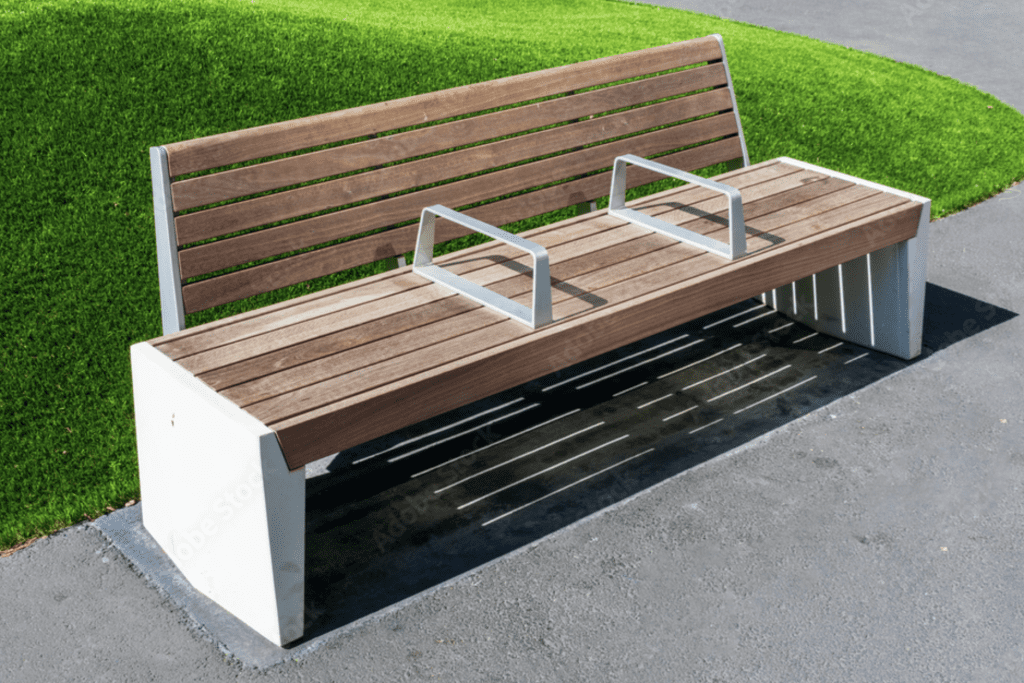
March 26, 2024 By Renee Martel, High School Junior/Hingham Resident
In a world of busy schedules and chaos, it can be hard to notice small changes around us. Nevertheless, the Boston area has seen a shift in countless public spaces in the past couple of years that’s impossible to miss: the addition of hostile architecture.
Hostile architecture is defined as an urban design strategy that uses building design to purposefully guide behavior. I define it as the cruel exclusion of underprivileged groups from basic human rights. Though typically subtle, these implementations are both common and obvious when looking for them. A few examples include armrests in the middle of benches, spikes in weather-protected areas, and leaning walls. These modifications are intended to keep homeless people from sleeping or resting in public areas. However, I believe this is not to the benefit of the American public.
Firstly, these designs are not only hurting the well-being of homeless people, but also the disabled, elderly, and children. Additions, such as sloped benches, are commonly incompatible with wheelchairs and mobility scooters. The increased inconvenience, even elimination, of proper seating and resting areas can harm members of the community who should be protected. Secondly, the simple establishment of hostile architecture calls to question the priorities of the government itself. Why is the exclusion and endangerment of American citizens taking priority over programs that can get homeless people out of that situation? Why are hundreds of thousands of dollars being allocated to inconvenience entire communities, and not towards lifting those communities to a place of safety? Moreover, these additions have not stopped or lowered rates of homelessness in the areas they’ve been established.
As a Hingham resident and high school student, I hate to see the world I’ll grow into be plagued with such cruelty and neglect for its people. Therefore, I hope to bring awareness to this growing issue and encourage others to advocate for those who don’t have a voice. Although Hingham doesn’t have much hostile architecture now, the growing trend indicates that we may be seeing some very soon. Additionally, the homeless population in Hingham is close to zero.
Nevertheless, it’s important to keep what’s out of sight in mind.
I urge every reader to focus on the root issue: eliminating homelessness and giving members of our community the ability to pursue happiness. Ultimately, the people have a greater power than most realize. By making a small contribution to a local homeless shelter or spreading awareness of hostile architecture, you can change someone’s life.
Attached below are some links to local shelters and establishments that accept donations. Every penny counts!
https://www.bhchp.org/get-involved/ways-to-give/
https://www.rosiesplace.org/ways-to-give
https://www.circleofhopeonline.org/donate-today
##

About the Author:
My name is Renee Martel, and I am a junior at Thayer Academy in Braintree. I’ve lived in Hingham since 2016. I’m very interested in political science, and I hope to enter the political field after graduating college. In the meantime, I’d love to bring awareness to issues in the Boston area and highlight the impact of every Hingham resident.

